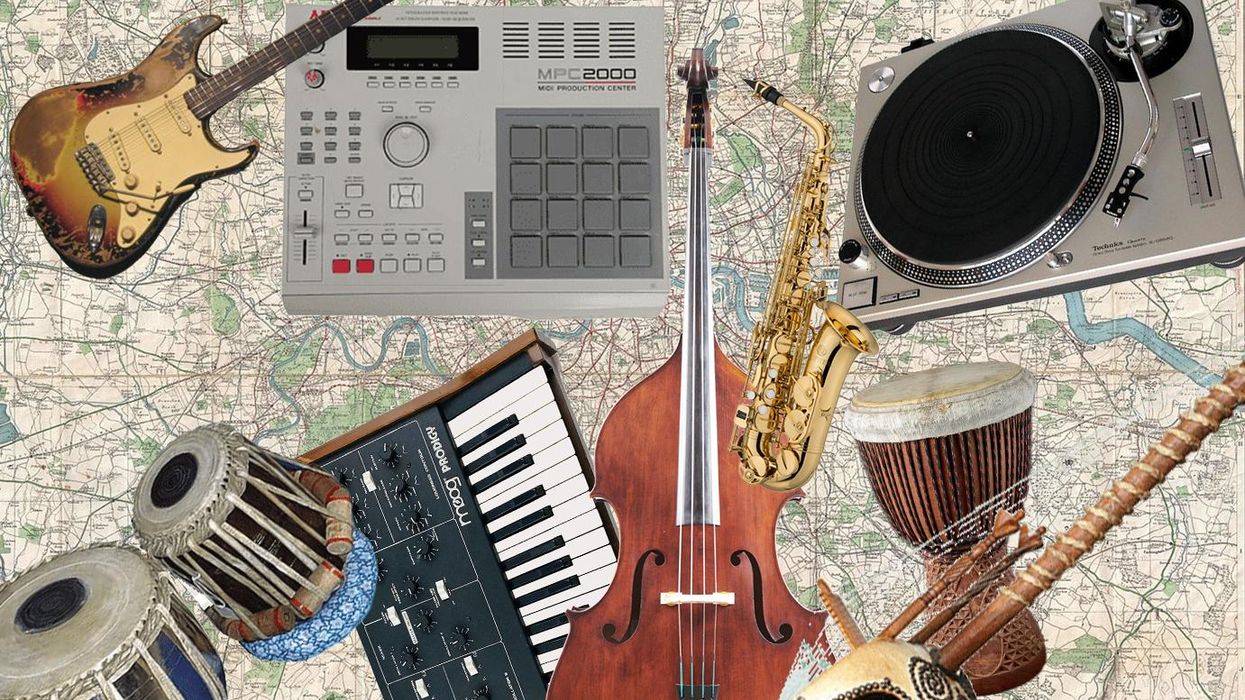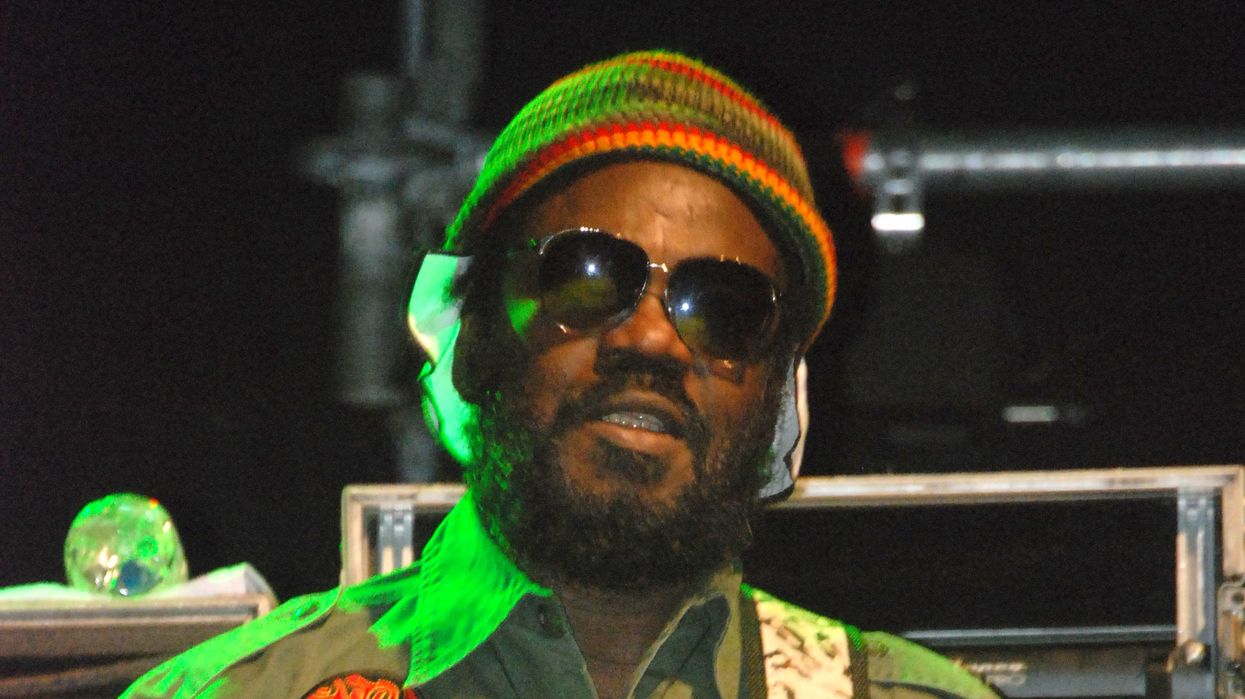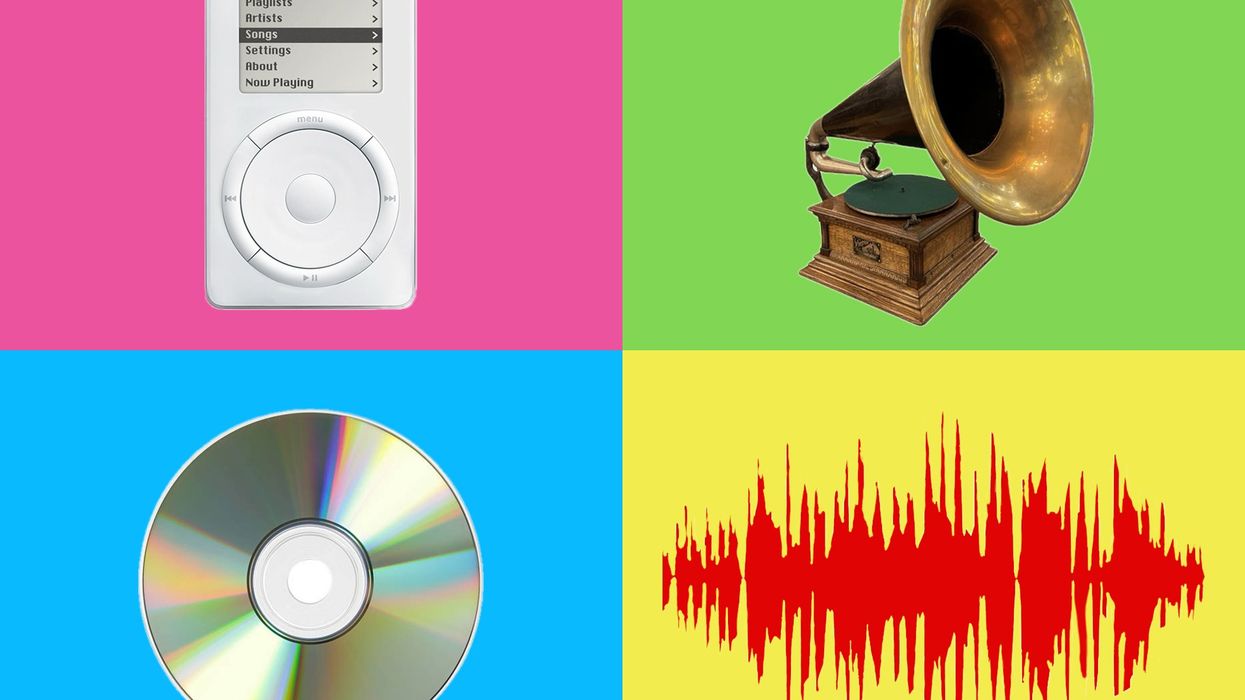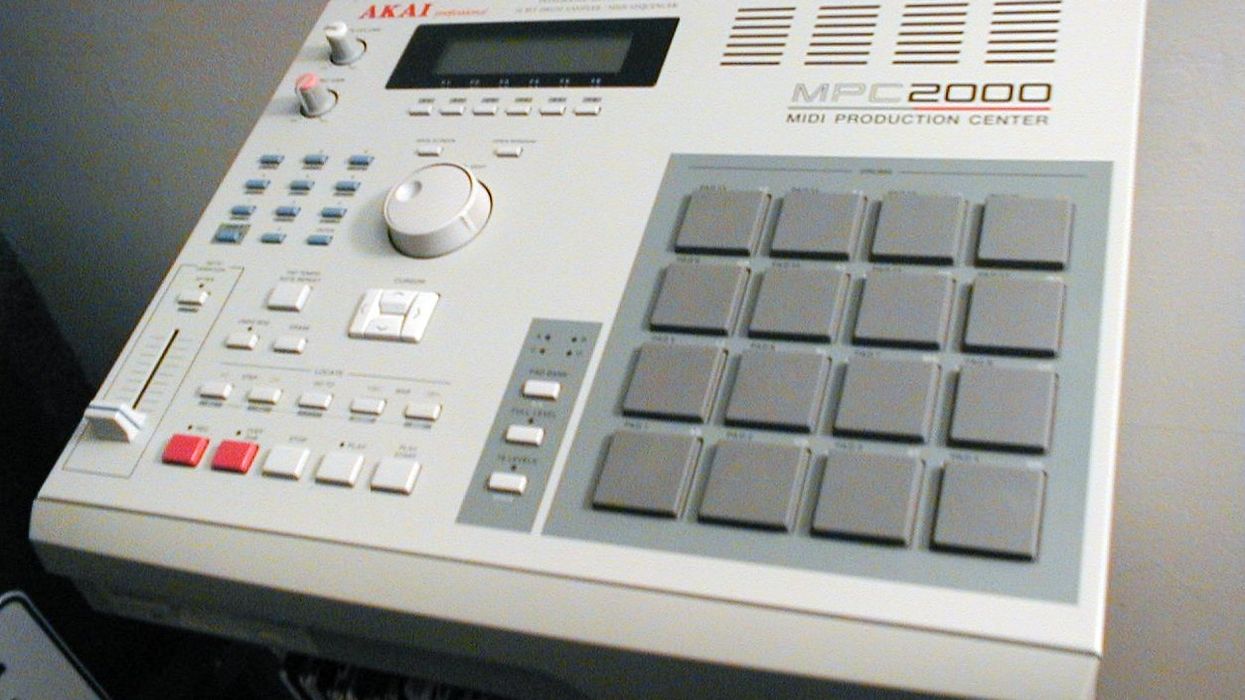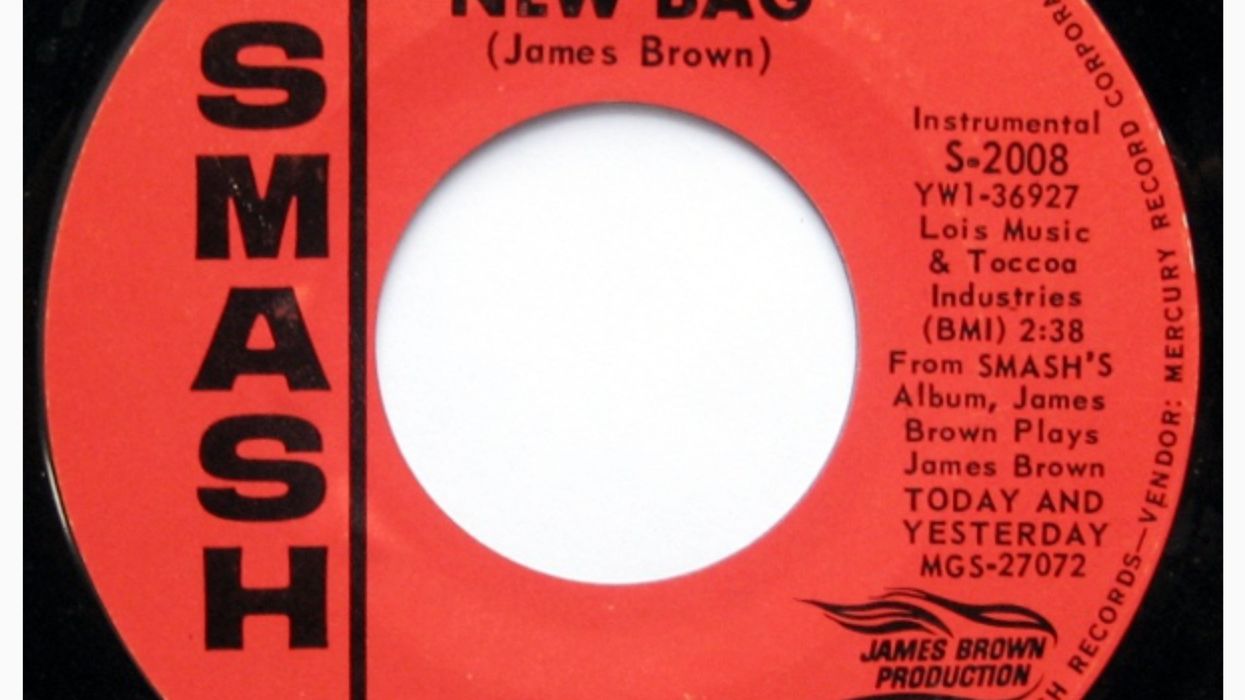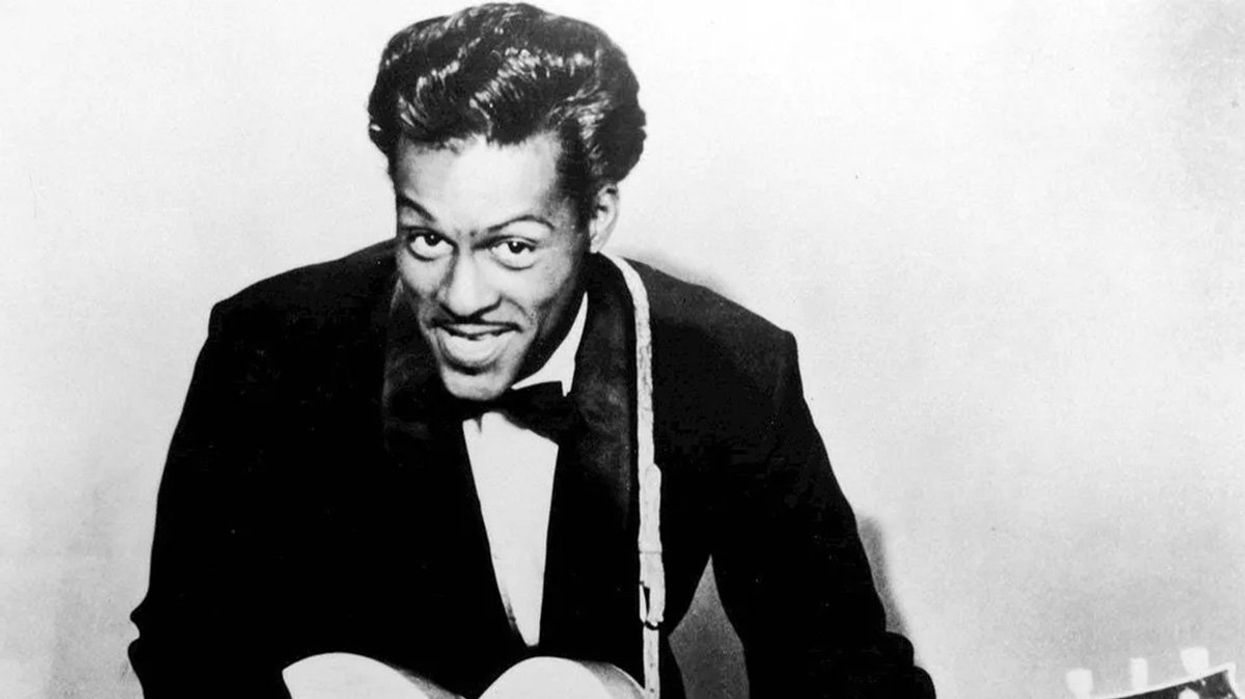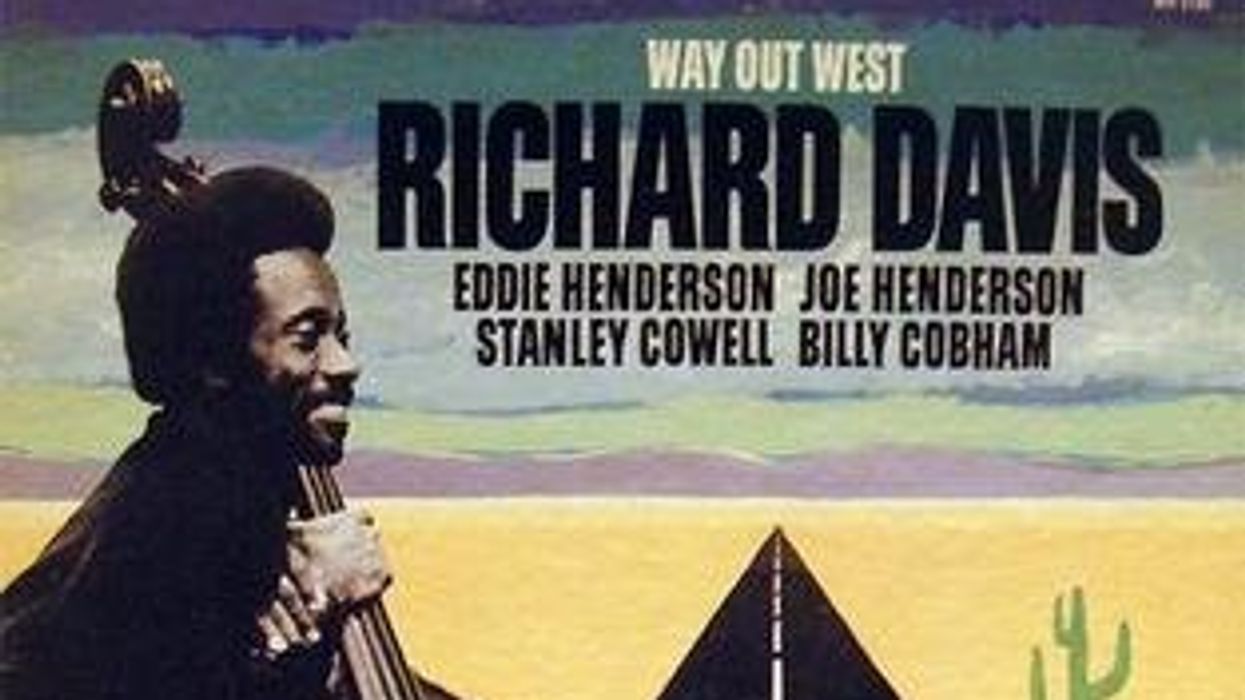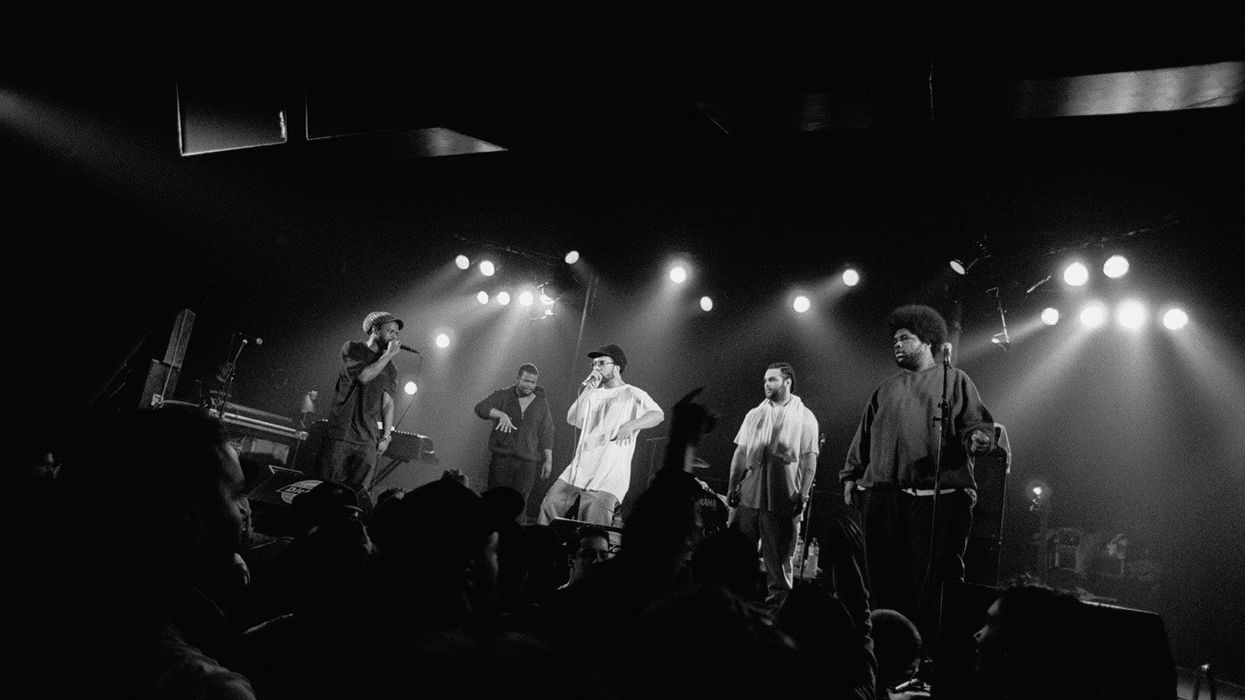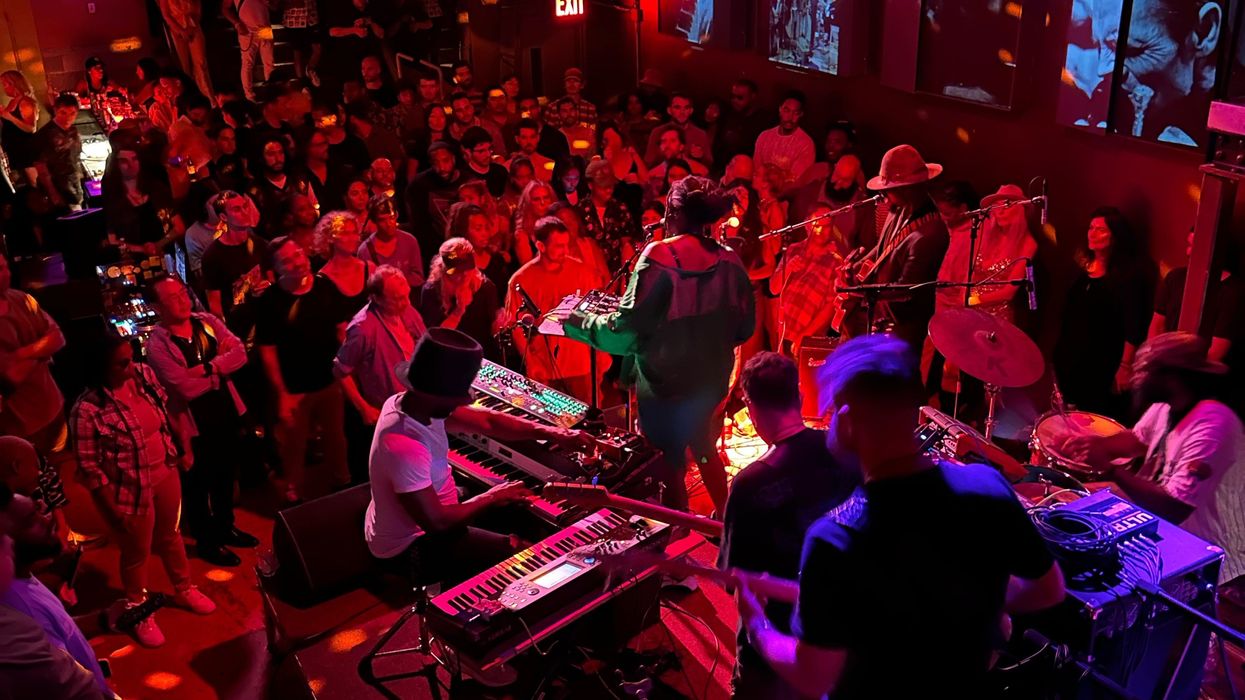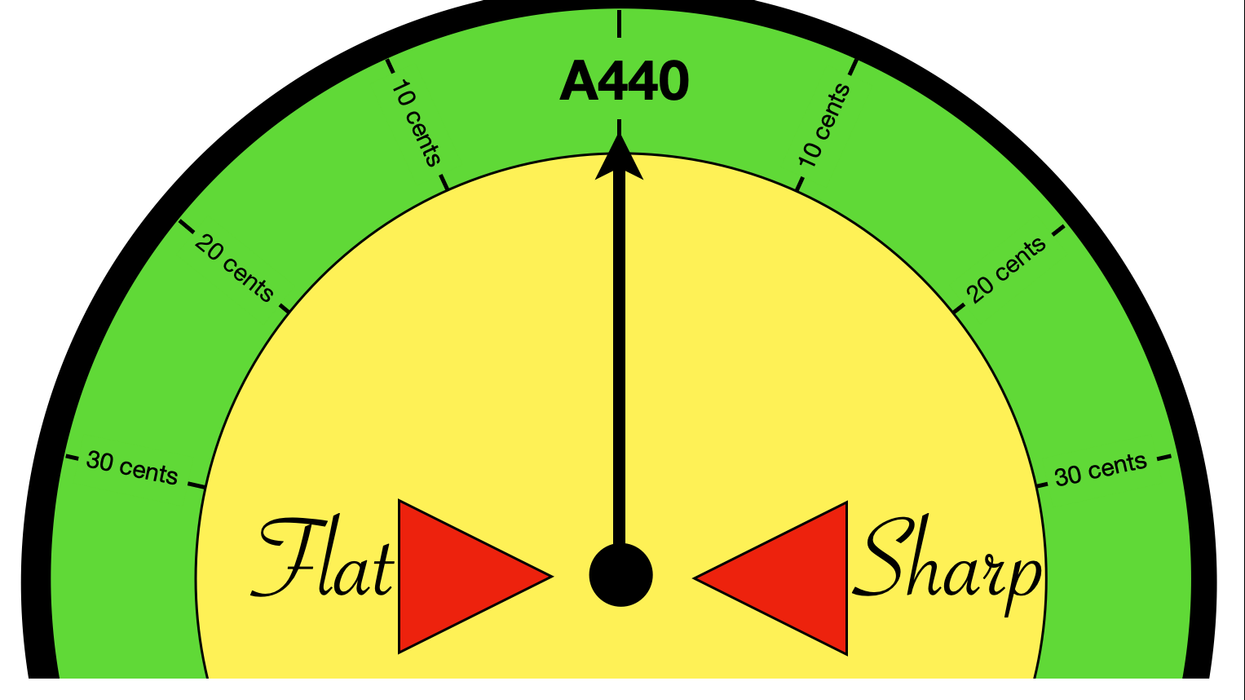It shouldn’t come as a surprise to any that some of the most groundbreaking styles of music have emerged from unique metropolises where people, cultures, and ideas collide and intermingle. There’s nothing groundbreaking in this. It’s exactly what we humans have done ever since we became human, or perhaps even before. Thus, every culture, person, and music on Earth is actually a remix of something much earlier. As the saying goes, there is nothing new under the sun, but some things are certainly unique: the balti gosht (curry) from India, the guaguancó (dance) from Cuba, and epics of the Sahel from West Africa. There have always been regions known for attracting peoples from all over, and without fail these “melting pots” became perfect environments for new and exciting sounds.
I was born and raised in such a place—London. Even in terms of melting pots, it is somewhat special. The U.K. has been a major player in a number of transformative musical movements, particularly throughout the 20th century. The thing that makes it special is the way that this place has transformed whatever arrived at its shores. In every case, from reggae to drum and bass, rock ’n’ roll to prog rock, and hip-hop to grime, cities like London have smashed together the disparate sounds of their constituent parts in some of the most unpredictable ways.
The London that I grew up in was a place where one could find a little of every place that the British colonized. Ironically, the thing that made the U.K. such a great place for culture is that for around 500 years the British tried their very best to dominate and homogenize everywhere else, annexing peoples where possible and displacing where not. Inevitably, just like the capital of the Roman Empire, London ended up becoming a metropolis where people from throughout the empire came together. The Brits achieved the exact opposite of homogenization.
From reggae to drum and bass, rock ’n’ roll to prog rock, and hip-hop to grime, cities like London have smashed together the disparate sounds of their constituent parts in some of the most unpredictable ways.
Thus, my East London community featured traditions from England, Ireland, Scotland, Wales, Nigeria, Cameroon, South Africa, Bangladesh, Pakistan, India, Afghanistan, Jamaica, St. Lucia, Barbados … and that was just my street! (My home was one of three Trinidadian households on that street.) This is all to give you some idea of the level of integration. If you imagine growing up with so many cultures co-existing together, then you can understand why re-mixing became so second nature. What do you get when you cross Chicago house, Kingston dub, New York hip-hop, and Indian bhangra? Jungle aka drum and bass!
A typical Friday night for 25-year-old me might have included going to hear some music at the Blue Note, packed with an audience that was beyond excited to check out the “Jungle Beat” set, featuring Talvin Singh, a young Indian tabla genius educated in the Indian Carnatic tradition; Squarepusher, a young bass virtuoso who sounds a bit like Jaco, but also chops up James Brown’s “Funky Drummer” into microscopic pieces, rearranged on the fly into densely configured 180-plus-bpm drum patterns, which seem to go on forever and never really repeat; and a young, quirky Icelandic vocal gymnast who was somewhat unknown at the time named Björk.
On a Saturday night, I may have gone out to see the Jazz Warriors, a 20-piece big band that featured some of the hottest names in British jazz, such as saxophonist Steve Williamson, drummer Mark Mondesir, bassist Gary Crosby, pianist Julian Joseph, marimba player Orphy Robinson, and singer Cleveland Watkis. The Jazz Warriors were a collective of world-class, young, Black British jazz musicians, who came up with their own unique mix by blending bebop, reggae, funk, Afrobeat, and more.
Sunday night I may have spent onstage at the Jazz Cafe with my own band, Quite Sane, which featured members from South Africa, Mauritius, Jamaica, Zimbabwe, St. Kitts, and, of course, Trinidad and Tobago. Though this band was influenced by jazz, and in particular the M-Base I heard coming out of New York while growing up, we were also very influenced by hip-hop (Public Enemy, Mobb Deep, A Tribe Called Quest, etc.), as well as by Parliament-Funkadelic, Chaka Khan, Cecil Taylor, Miriam Makeba, Beenie Man, Fela Kuti, the Jazz Warriors, and even Igor Stravinsky! Want to know what this crazy mix sounded like? Check out our 2002 release, The Child of Troubled Times.
The thriving U.K. scene still continues to churn out a dizzying number of sub-genres (grime, AB-groove, broken beat, acid jazz, nu-jazz), and artists (Sons of Kemet, Soweto Kinch, Sona Jobarteh, James Blake, Lion Babe, Stormzy), who are the product of combined elements from all over. Who knows what will come next?
